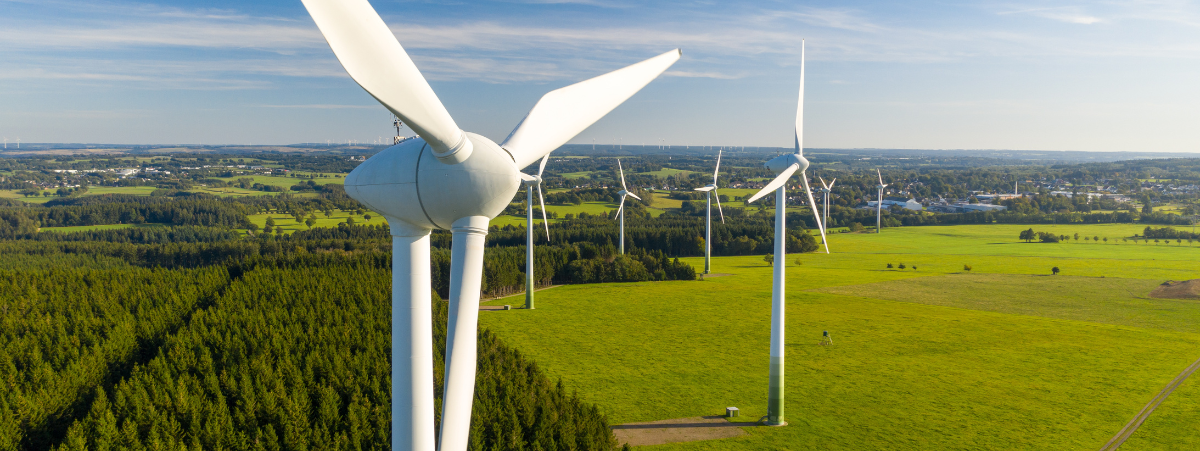When it comes to combating climate change, women are a key part of the solution. In this article, we explore the importance of gender equality for climate action.
March 8th is International Women’s Day, and throughout the month, many organizations increase their focus on supporting women in various ways. For the UN, this is also the month of Sustainable Development Goal 5 (SDG 5) relating to gender equality.
While some progress has been achieved in recent years, we are still very far from gender equality: worldwide, women still earn 24% less than men, and no country has managed to close this pay gap. Around the world, 750 million women and girls were married before the age of 18, and in 18 countries, husbands can legally prevent their wives from working.
Women’s vulnerability to climate change
Covid-19 has worsened gender inequality: new projections of global poverty by UN Women, UNDP and the Pardee Center for International Futures estimate that globally, 388 million women and girls will be living in extreme poverty in 2022 (compared to 372 million men and boys). According to these new forecasts, 83.7% of the world’s extremely poor women and girls would live in just two regions: Sub-Saharan Africa (62.8%) and Central and Southern Asia (20.9%).
More women than men live in extreme poverty today, and as such, they are disproportionately affected by the impacts of climate change. But they are also a key part of the solution, which is why any efforts to mitigate climate change must also tackle gender equality challenges.
Women and agriculture
Agriculture is at the center of the climate crisis both because the effects of global warming are threatening global food security, and because more sustainable agricultural practices could provide climate solutions. For instance, the latest IPCC report on climate change adaptation and mitigation highlighted agroforestry as a climate-resilient way of growing food while also creating wildlife habitat.
Globally, women are just 13 per cent of agricultural land holders, yet they represent around 43% of the agricultural workforce. In the least developed countries, 64.3% of women were employed in agriculture in 2015. According to the UN Food and Agriculture Organization, if women had the same access to productive resources as men, they could increase yields on their farms by 20-30%, which would raise total agricultural output in developing countries by up to 4%, providing solutions to food security challenges.
Gender-responsive climate finance
There is increasing evidence that shows that gender equality and women’s empowerment would yield greater returns to economic growth and, more broadly, to sustainable development. It is therefore clear that incorporating gender awareness and gender criteria into climate financing mechanisms and strategies would make climate finance more efficient.
But women still don’t have adequate access to funds and other resources to adapt to the consequences of climate change: 9 in 10 countries in the world currently have at least one law impeding women’s economic opportunities, including access to credit.
Gender considerations were only recently included in climate collaboration: there was no mention of gender in UN climate change negotiations until 2008. Today, climate finance mechanisms are beginning to include gender-related criteria in their assessment of projects. For instance, the Green Climate Fund, a financing body focused on mitigation and adaptation to climate change, adopted a gender policy in 2015, which says that a gender and social assessment must be included with every funding proposal, and that a gender and social inclusion action plan must be developed for every project.
Watch the UNFCCC’s video below to understand what gender-responsive climate finance is and what benefits it can bring to women and men.
ClimateTrade projects focused on gender equality
On the ClimateTrade marketplace, climate mitigation projects are organized by SDG, so you can offset your carbon emissions while supporting the causes most important to you. We currently have 14 projects with a particular focus on gender equality (SDG 5): browse them here.







